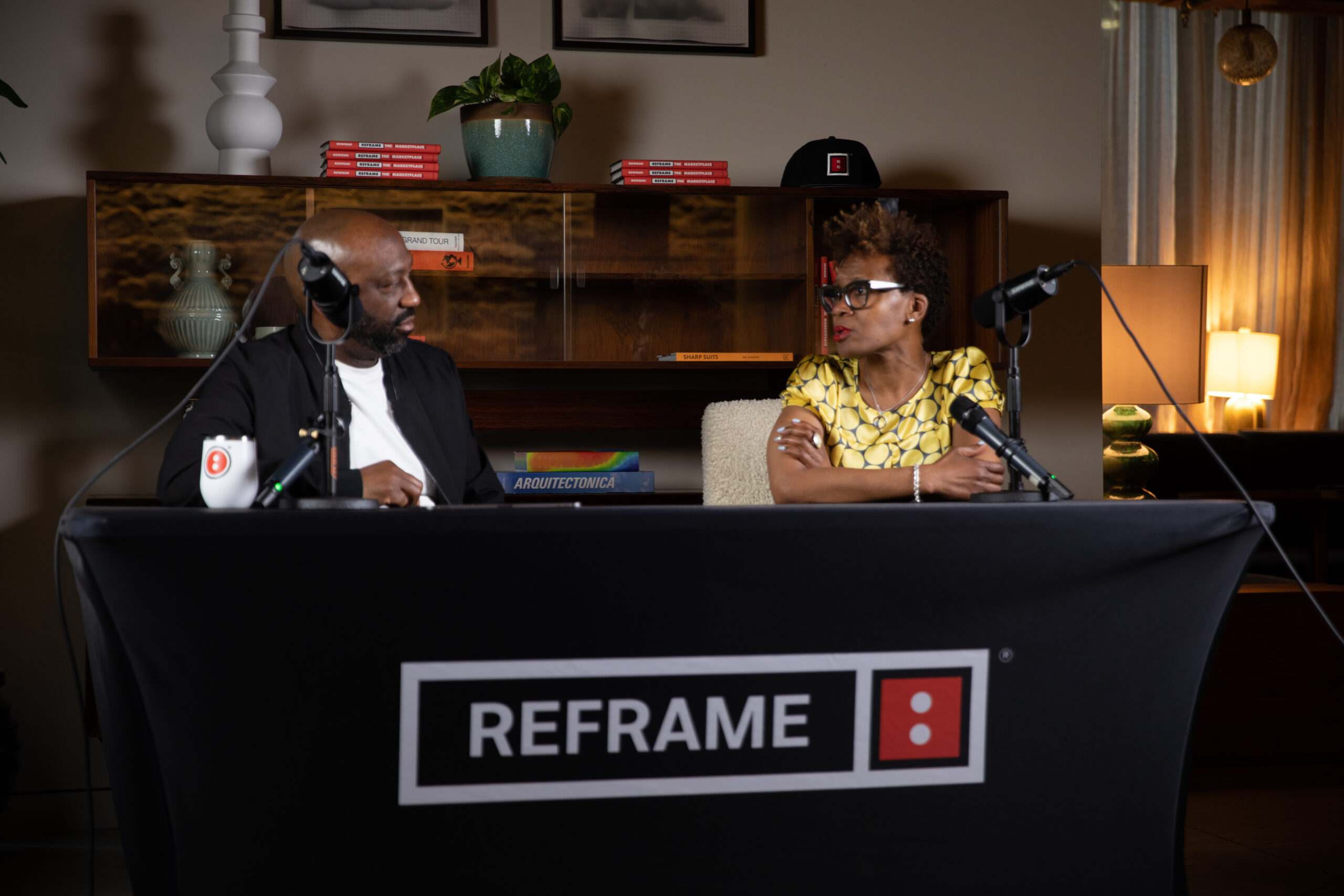Moving Beyond Quotas
Separate But Unequal
Quotas continue to be heavily debated in the US court systems and across industry sectors. But are they the right approach? Why or why not?
Some Background…
The use of racial quotas began in the United States with the Naturalization Act of 1790. The act limited new citizenship to immigrants who were “free White persons of good character.”
Racial quotas were again restored in the Civil Rights Act of 1965 and used systematically in the 1970s as women and minorities began the ascent into corporations. Quotas became a go to tactic for many talent and diversity and inclusion professionals. They relied upon them for legal reasons and thus they became a common place compliance tactic.
As women and minorities also became common place in corporate America, the country evolved from a monocultural society to a multicultural one.
Then in 1980, the Census predicted that Hispanic/Latinos would become the largest of the ethnic minorities in the US. That prediction has been realized. Between new births and immigration, US Hispanics are the current majority minority.
Where Are We Headed?
Again, the world is changing. It’s changing at an incredible rate and so too is our society. Millennials are reaching their mid 30’s. Generation Z is entering the workforce. With them comes the birth of a cross-cultural nation. So what’s next?
We predict that the 2020 Census will show the growth of the new majority minority to be comprised of poly- cultural individuals, those who identify with two or more ethnicities.
What does this mean for brands and businesses? Well, it makes it very difficult – and perhaps very foolish – to segment the population in the traditional way that quotas require.
There is a New Majority, and brands and businesses should attend to the structural changes required to serve it. The focus should become less – not more – on quotas.
It is no longer about simply being acceptable or compliant. Progressive brands are already seeking to retain their competitive advantage with a talent pool that reflects the New Majority marketplace.
What’s The Worst That Could Happen?
In 2010 there was a re-birth of the Total Market approach. That is to say, a means to match the workplace to the new marketplace. Many argued whether this was a strategic business approach or simply a new means to look at creative messaging. Debate ensued.
Afterwards, an APB was put out on the term by threatened services providers who traditionally positioned and sold their services under the banner of “general market” or “multicultural.” When big brands announced they were moving to the Total Market approach, the incumbent system resorted to defamation of the name Total Market.
A solid concept got buried. Change stalled.
What’s Possible?
Several years later, batter and bruised, the concept of Total Market remains and more organizations are taking notice. Why? Because it was and is the right approach. Total Market is proven and evidence based and effective.
The Total Market approach is not only a creative messaging or advertising outcome. However, for the Total Market approach to work, it must be administered at, and by, the C-Suite. It is a form of transformation required in the workplace and marketplace at the executive/enterprise level.
How Does It Work?
The Total Market toolbox exists within a new industry vertical. It challenges how a brand thinks, collaborates, hires, and ultimately spends its resources.
Just like you would not combine your small business provider with your medium size business provider to become a large enterprise, Total Market should not be confused with combining “general market” and “multicultural” efforts. The culmination of these strategies and partners does not result in an organization becoming a “total market” solution provider. Total Market is unique, modern solution and requires a different investment.
Similarly transitioning from a more traditional way of conducting business to Total Market approach requires:
– Executive support and education
– New disciplines
– A cultural change at the organizational level
– Workforce retention
– New employee indoctrination
In order to sustain the change and scale the learning, you have to invest in educating new employees and retraining and educating your tenured workforce. For new employees, this will be what they learn, and this will future-proof your workforce.
Last, it will take a community to execute. This approach may begin in talent, diversity, and inclusion, or even marketing, but it will not end there. It will need to live across the organization.
If you’d like to learn more about how to help your organization become new marketplace ready, we’re here to help. You can reach us at contact@getreframe.com, or download our full report that outlines where the industry stands and what actions to take. If you’re interested in better assessing where you currently stand and what actions to consider, please read our series on cultural maturity here.
Certain excerpts from the article can be found in the Wiley published REFRAME: The Marketplace – The Total Market Approach to the New Majority.
Related Blog Articles






